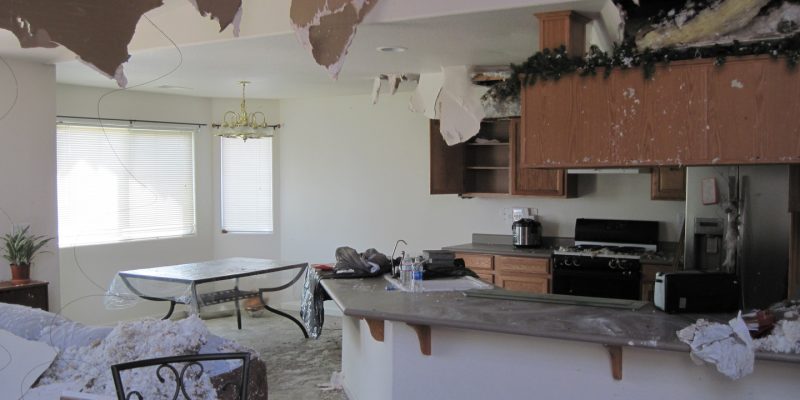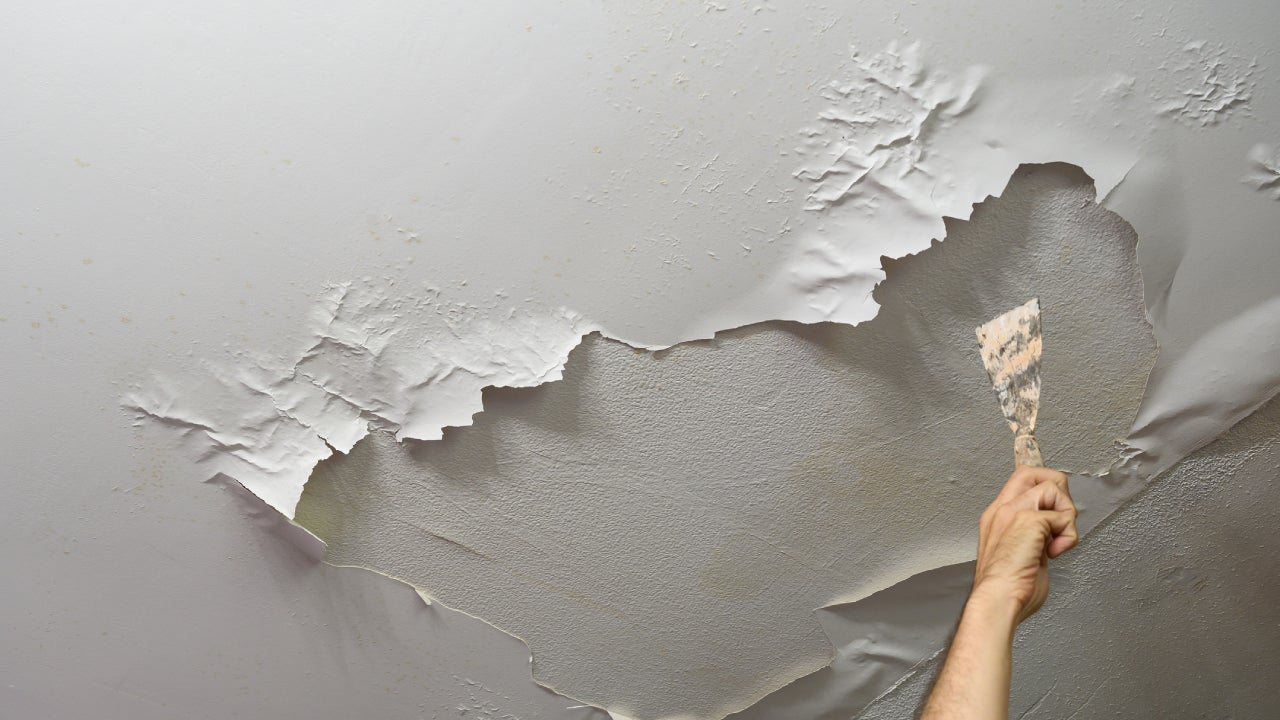Do's & Don'ts of Water Damages.
Do's & Don'ts of Water Damages.
Blog Article
Presented here below you can locate more outstanding answers in regards to Preventing Fires and Water Damage In Your Home.

Though water offers life, water invasion on components where it's not expected to be can cause damage. If the water saturates right into your framework, it can peel away surface areas and also erode the structure. Mold as well as mold also prosper in a wet environment, which can be harmful for your wellness. Homes with water damage odor mildewy and also old.
Water can originate from many sources such as tropical storms, floodings, burst pipes, leaks, as well as sewage system concerns. In case you experience water damages, it would be excellent to recognize some safety precautions. Right here are a few standards on exactly how to manage water damages.
Do Prioritize Residence Insurance Protection
Water damage from flood dues to hefty winds is seasonal. You can likewise experience an unexpected flood when a defective pipe instantly breaks right into your residence. It would certainly be best to have house insurance coverage that covers both acts of God such as natural calamities, and emergency situations like busted plumbing.
Do Not Fail To Remember to Turn Off Energies
This reduces off power to your entire residence, preventing electrical shocks when water comes in as it is a conductor. Don't neglect to turn off the major water line valve.
Do Stay Proactive and Heed Climate Informs
Storm floodings can be really unforeseeable. If there is a history of flooding in your area, stay aggressive and ready. Pay attention to evacuation warnings if you live near a lake, river, or creek . Get prized possessions from the ground floor as well as cellar, after that put them on the highest feasible degree. Doing so reduces prospective residential or commercial property damage.
Do Not Neglect the Roofing System
You can avoid rainfall damages if there are no holes and leakages in your roofing. This will avoid water from flowing down your wall surfaces and also soaking your ceiling.
Do Take Note Of Small Leakages
A ruptured pipe does not occur overnight. Usually, there are warnings that suggest you have damaged pipelines in your home. For instance, you might discover bubbling paint, peeling off wallpaper, water streaks, water stains, or leaking sounds behind the wall surfaces. At some point, this pipeline will rupture. Ideally, you need to not wait on points to escalate. Have your plumbing fixed before it causes enormous damages.
Do Not Panic in Case of a Burst Pipeline
Keeping your presence of mind is essential in a time of dilemma. Worrying will only worsen the problem because it will certainly suppress you from acting quickly. When it involves water damage, timing is key. The longer you wait, the more damages you can anticipate. Thus, if a pipe bursts in your home, right away shut down your main water shutoff to remove the source. Unplug all electrical outlets in the location or transform off the circuit breaker for that component of the house. Lastly, call a reliable water damage reconstruction specialist for support.
Water offers life, water breach on components where it's not intended to be can result in damages. Residences with water damages scent old and also musty.
Water damage from flood dues to heavy winds is seasonal. You may notice bubbling paint, peeling off wallpaper, water touches, water discolorations, or trickling audios behind the wall surfaces. When it comes to water damage, timing is essential.
Some Do's & Don't When Dealing with a Water Damage
DO:
Make sure the water source has been eliminated. Contact a plumber if needed. Turn off circuit breakers supplying electricity to wet areas and unplug any electronics that are on wet carpet or surfaces Remove small furniture items Remove as much excess water as possible by mopping or blotting; Use WHITE towels to blot wet carpeting Wipe water from wooden furniture after removing anything on it Remove and prop up wet upholstery cushions for even drying (check for any bleeding) Pin up curtains or furniture skirts if needed Place aluminum foil, saucers or wood blocks between furniture legs and wet carpet Turn on air conditioning for maximum drying in winter and open windows in the summer Open any drawers and cabinets affected for complete drying but do not force them open Remove any valuable art objects or paintings to a safe, dry place Open any suitcases or luggage that may have been affected to dry, preferably in sunlight Hang any fur or leather goods to dry at room temperature Punch small holes in sagging ceilings to relieve trapped water (don't forget to place pans beneath!); however, if the ceiling is sagging extremely low, stay out of the room and we'll take care of it DO NOT:
Leave wet fabrics in place; dry them as soon as possible Leave books, magazines or any other colored items on wet carpets or floor Use your household vacuum to remove water Use TV's or other electronics/appliances while standing on wet carpets or floors; especially not on wet concrete floors Turn on ceiling fixtures if the ceiling is wet Turn your heat up, unless instructed otherwise

Hopefully you enjoyed reading our topic on Reducing Your Risk Of Water And Fire Damage At Home. Thanks for taking a few minutes to browse our blog post. Sharing is caring. Helping others is fun. I treasure reading our article about Fire And Water Damage Prevention.
Report this page